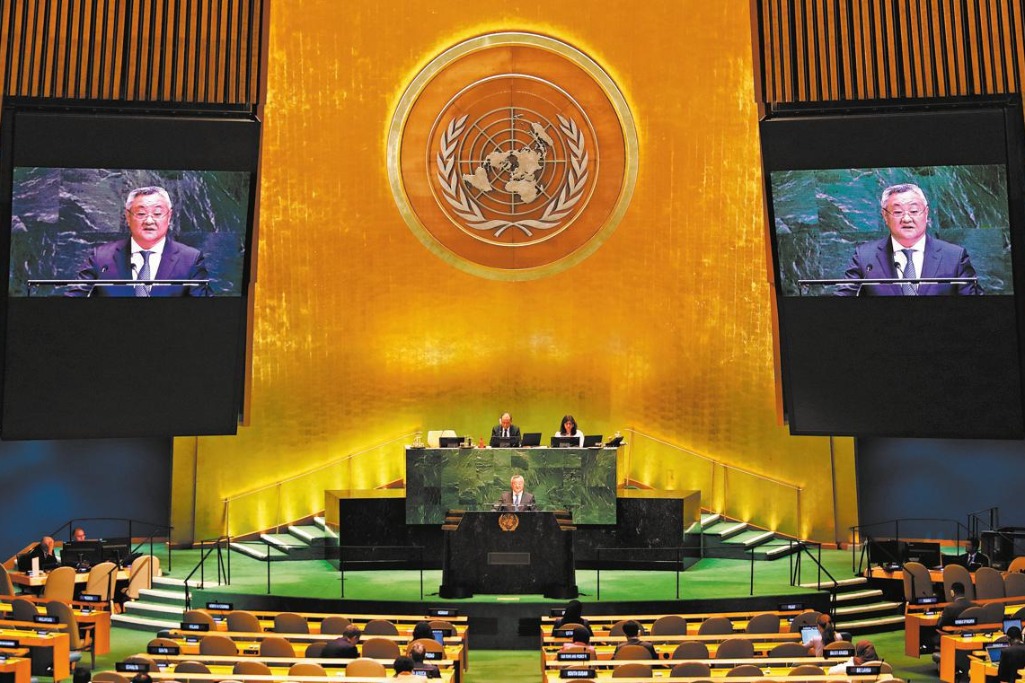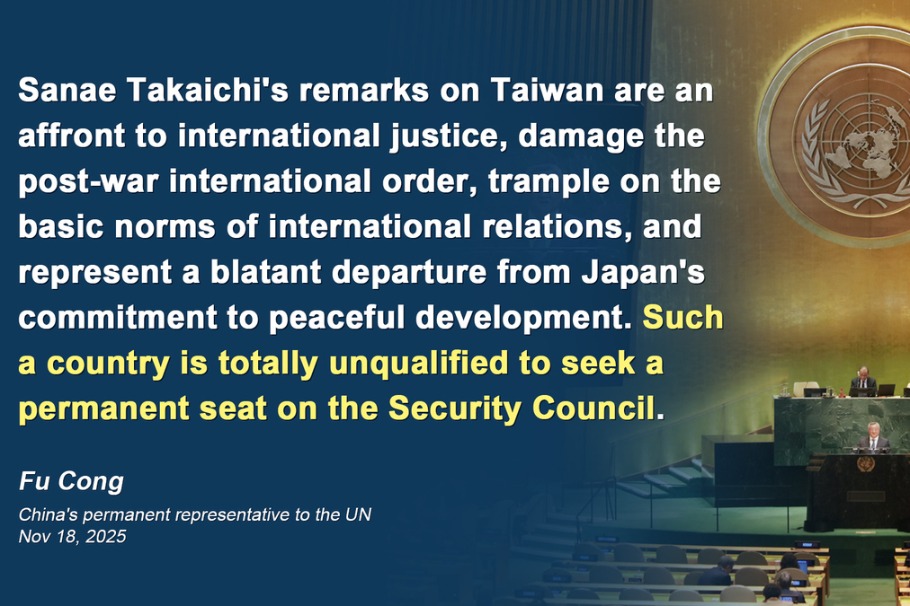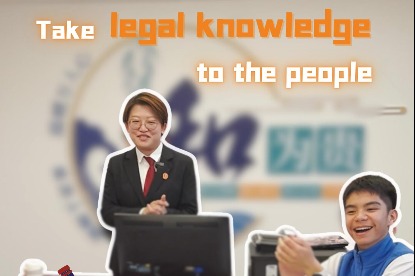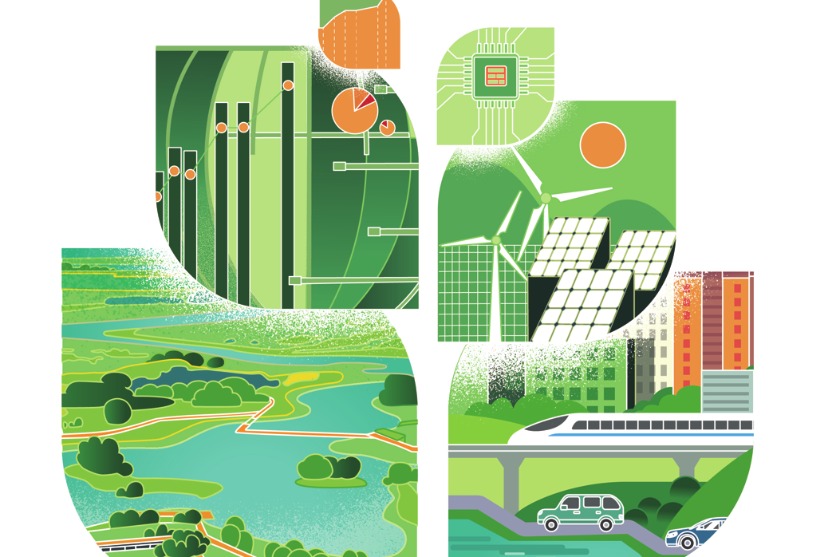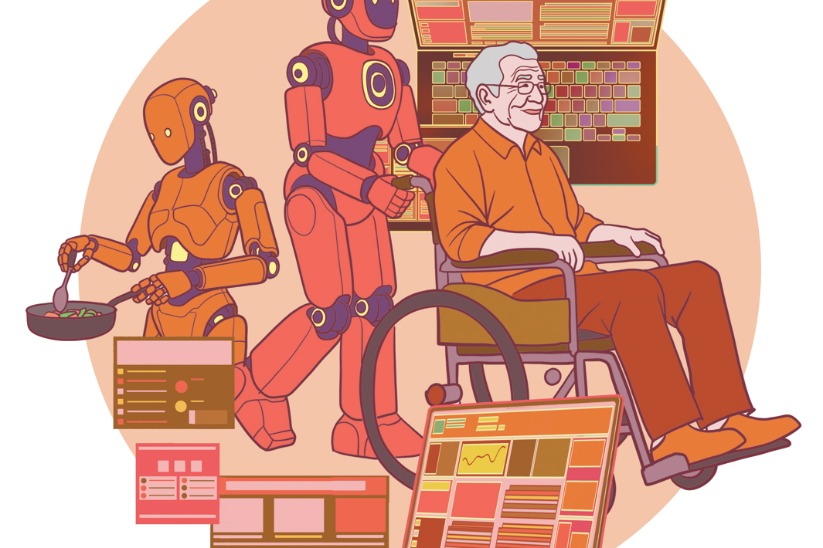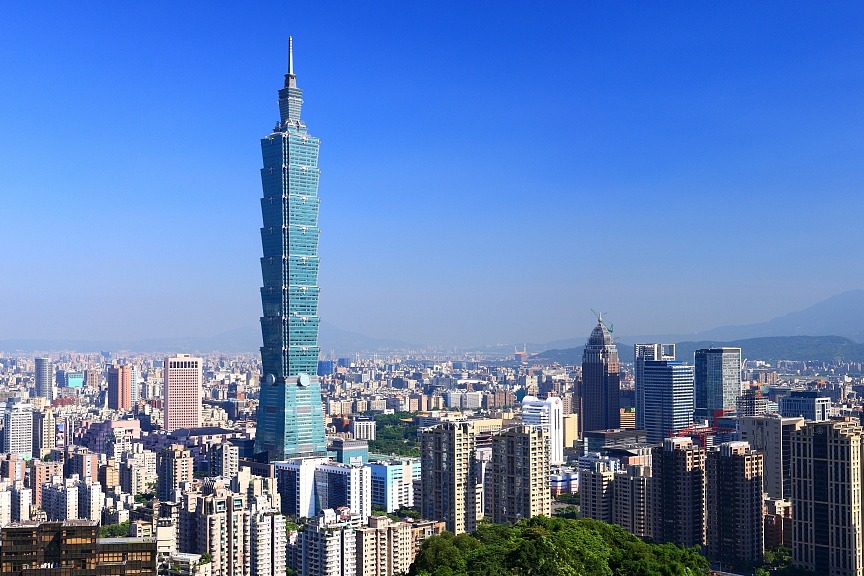Plow ahead


China is proactively working with other Global South countries to strengthen global food and agriculture governance
Ensuring food security and promoting the sustainable development of agriculture are major global concerns, making food and agriculture a central pillar of global governance. World Bank data indicate that low- and middle-income countries derive approximately 14.7 percent of their GDP from agriculture, with approximately 58.3 percent of their population residing in rural areas. In contrast, these figures are below 2 percent and 19 percent respectively in Western countries. This highlights the prominent role agriculture plays in underpinning the economic and social foundations of the Global South.
As the global agricultural value chain becomes increasingly interconnected, the Global South must navigate multifaceted challenges in governing its food and agriculture. These stem from complex interactions between internal and external factors, which make it difficult to protect food sovereignty and secure the right to agricultural development.
First, food insecurity remains acute across much of the Global South. In Pacific Island countries and sub-Saharan Africa, for example, undernourishment rates exceed 20 percent, with few signs of substantial progress. Second, agricultural productivity in the regions significantly trails global benchmarks. Illustratively, maize yields in Africa and the Caribbean average just 2,154.8 kilograms per hectare and 1,144.4 kg/ha, respectively — well below the global average of 5,962.3 kg/ha. Third, competitiveness in agricultural trade and investment remains limited. Many Global South countries find it difficult to attract foreign capital, while international agricultural regulations continue to be predominantly shaped by Western countries, which also exercise disproportionate influence in domains such as farm subsidies and technical barriers to trade. Fourth, non-traditional risks and the widening technological divide present additional hurdles. As digital transformation accelerates, inadequate infrastructure in many parts of the Global South has led to a growing technological gap with developed economies.
Despite boasting vast arable land, water resources, biodiversity, and significant untapped agricultural potential — particularly in parts of Africa and Asia — the Global South remains marginalized within the global food and agriculture governance system. Compounding this disadvantage, the system itself is plagued by a shortage of public goods and deep-seated structural impediments, including complex challenges and a fragmented landscape of actors and mechanisms. Consequently, the extensive efforts of these nations to achieve food security and agricultural development are severely hampered, failing to produce the desired outcomes.
Amid the current complex and challenging international landscape, the Recommendations of the Central Committee of the Communist Party of China for Formulating the 15th Five-Year Plan (2026-30) for National Economic and Social Development underscore that "agricultural and rural modernization has a major bearing on Chinese modernization as a whole and the outcomes it delivers".
Against such a complex, challenging international landscape, strengthening collaboration with other Global South countries to enhance its participation in global food and agricultural governance has emerged as a critical pathway to consolidate the Sannong (an official term referring to agriculture, rural areas and farmers) foundation and bolster the resilience of Chinese modernization. Since the 1960s, China has been progressively developing its engagement in this field within the South-South cooperation framework, integrating multifaceted elements including technology transfer, infrastructure development, trade, and investment. This approach has evolved into a paradigm of practical significance. In recent years, in response to systemic deficiencies in the global food and agricultural governance architecture, China has adopted a more proactive approach as a responsible major power, working with the Global South to advance orderly reforms of the system.
First, through long-term practice, China has developed a pragmatic, inclusive, and diversified model for global food and agriculture governance. A distinctly comprehensive framework has taken shape in the past years, transitioning from domestic to global reach, bilateral to multilateral engagements, and official to nongovernmental partnerships, while also encompassing issues from core food security to the entire agricultural industrial chain.
Second, China facilitates the parallel transfer of simple, practical agricultural technologies to other Global South countries, with its multilateral South-South cooperation projects serving the immediate interests of smallholder farmers. While also advancing high-end collaboration, mechanisms such as the Forum on China-Africa Cooperation and the China-CELAC (the Community of Latin American and Caribbean States) Forum have enabled China and other Global South countries to achieve substantial outcomes in cutting-edge fields through technology centers and joint laboratories.
Third, China has established dedicated funds or cooperation programs with each of the three United Nations agencies based in Rome — the Food and Agriculture Organization, the World Food Programme and the International Fund for Agricultural Development. Complementing these targeted programs is the $4 billion Global Development and South-South Cooperation Fund, which substantially strengthens the material foundation for China's role in providing global public goods for food and agriculture governance.
Fourth, China has been a persistent voice for reforming global food and agriculture governance, pressing for enhanced Global South representation in multilateral forums from the UN Security Council to the FAO Conference. On platforms such as the G20 Agriculture Ministers' Meeting and BRICS, it actively collaborates with Global South partners, jointly rallying for reforms to strengthen South-South cooperation and safeguard food sovereignty.
In April 2025, the CPC Central Committee and the State Council, China's Cabinet, issued a plan to accelerate the building up of the country's strength in agriculture for the period from 2024 to 2035. During the upcoming 15th Five-Year Plan period, it will be essential to further translate this top-level design into concrete actions, deepen multidimensional cooperation with other Global South countries, and progressively advance the orderly reform of the global food and agricultural governance system.
First, food security and poverty reduction must be core strategic priorities. To address these challenges in the Global South, efforts should focus on improving rural infrastructure, sharing knowledge on poverty alleviation, and advancing agricultural digitalization. These measures will help deliver more high-quality global public goods for food and agriculture governance.
Second, China should adopt a more proactive and pragmatic agricultural diplomacy, deepening collaboration with key Global South partners — particularly neighboring countries — to co-shape international norms. Through bilateral and multilateral channels, China ought to actively participate in, and where possible lead, the creation of new rules that better reflect the development priorities of the Global South while serving the broader interests of the international community.
Third, multilateral platforms must be harnessed more proactively to reform the global food and agriculture governance architecture. Issues of common concern to the Global South, including food security and sustainable agricultural development, should be prioritized. By engaging constructively in the transformation of UN agricultural agencies, China can foster more inclusive decision-making, enhance institutional efficiency, and ensure a more equitable distribution of resources.
Zhao Wenjie is an associate professor at the College of International Development and Global Agriculture at China Agricultural University. Xu Xiuli is the dean and a professor at the College of International Development and Global Agriculture at China Agricultural University. Li Xiaoyun is a professor at the College of International Development and Global Agriculture at China Agricultural University. The authors contributed this article to China Watch, a think tank powered by China Daily. The views do not necessarily reflect those of China Daily.
Contact the editor at editor@chinawatch.cn.



















